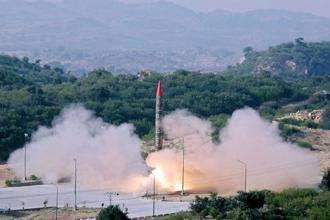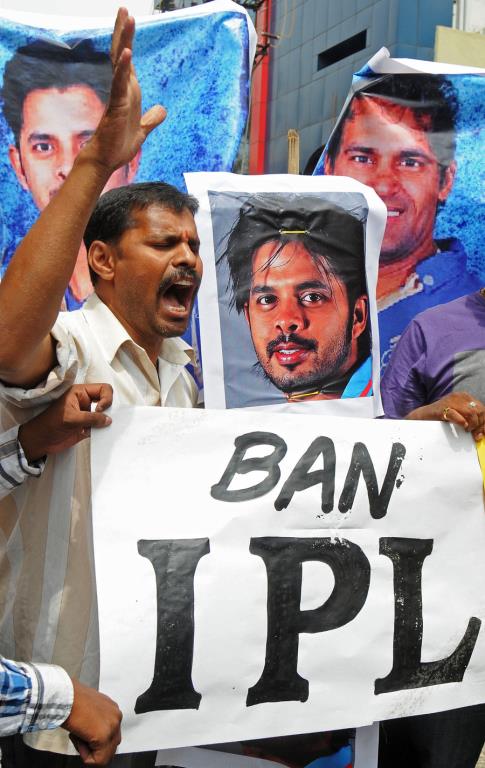February 19, 2017
China has generally reacted to Agni missile tests by India by either ignoring or responding in a measured manner to these tests. Tests of Agni I missile, with a range of 750 km, commenced in 1989. This missile was designed primarily to target Pakistan.

February 19, 2017
China has generally reacted to Agni missile tests by India by either ignoring or responding in a measured manner to these tests. Tests of Agni I missile, with a range of 750 km, commenced in 1989. This missile was designed primarily to target Pakistan.

But, with time, Agni II and Agni III missiles had ranges to target parts of western China as well. Agni IV missile, with a range of 4,000 km, operationalised by our Strategic Forces Command earlier this year, can target even coastal cities like Shanghai.
What has, however, triggered Chinese concern is the fourth flight test of Agni V, with a range of 5,000-8,000 km, which can target cities across China. Agni V’s test has cleared the way for it to be operationalised. Even as India was commencing its missile programme, China, which had earlier provided Pakistan with designs for nuclear weapons, commenced a programme of supplying Pakistan short-range missiles.
This was followed by the supply of Shaheen I missiles, with performance akin to India’s Agni I. Then came the supply of Shaheen II and III missiles, with ranges of 2,000 to 2,750 km. These missiles are variants of Chinese Dongfeng missiles. China has now gone to the extent of transferring designs and know-how to Pakistan for missiles with multiple warheads and even sea-launched missiles, recently tested by the latter. Interestingly, the multiple warhead missile was tested by Pakistan after China issued dire warnings/ threats to India after the last test of Agni V.
Following the fourth test of Agni V, China chose to accuse India of violating “explicit” UN Security Council (UNSC) Resolution, by its test. UNSC Resolution 1172 was merely a Chapter 6, non-binding resolution, issued after nuclear weapons tests by India and Pakistan. It called on both countries to virtually dismantle their nuclear weapons programmes and “end development of ballistic missiles capable of carrying nuclear weapons”. The Global Times, China’s government mouthpiece, warned after India’s Agni V test that “the range of Pakistan’s missiles will also see an increase”—signaling China’s support for further enhancing Pakistan’s missile capabilities.
The US and other champions of nuclear non-proliferation ignore these actions by China. And strangely it is China, the world’s primary nuclear and missile proliferator, that pontificates to India over its eligibility to be a member of the Nuclear Suppliers Group! It is a sad reflection of our indecision and weakness over dealing with China. For the past three decades, India has not mounted a serious diplomatic initiative to expose the dangers posed by Chinese missile and nuclear weapons proliferation to Pakistan.
The Chinese, who are supreme realists, obviously see this as a manifestation of diplomatic weakness on India’s part. Equally astonishing is the fact that this is an issue which has not been raised or seriously discussed in our Parliament. Unlike the Clinton’s tenure and to a lesser extent the Obama regime, the Trump administration has been bluntly realistic about China. It needs to be sensitized about the impact and dangers of the Chinese-Pakistani nuclear and missile nexus. Not too long ago, a group of Islamists from Pakistan Navy hijacked a warship with the aim of attacking US vessels in Arabian Sea.
The attempt failed. But, this is the time when the world also viewed the dangers, which could be posed by the takeover of Pakistani tactical nuclear weapons by similar rogue elements. China surely cannot be absolved of its responsibility in transferring designs of tactical and strategic nuclear weapons and missiles to its “all-weather friend” Pakistan. Nor can it be absolved of its responsibility when Pakistan irresponsibly talks of using nuclear weapons against India.
Courtesy: Indian Express















































































































